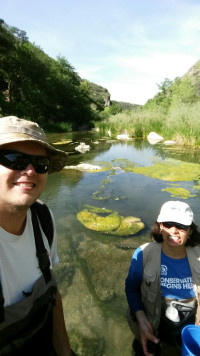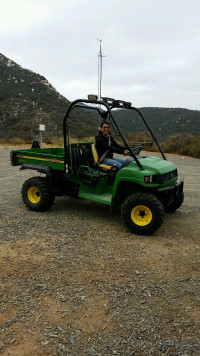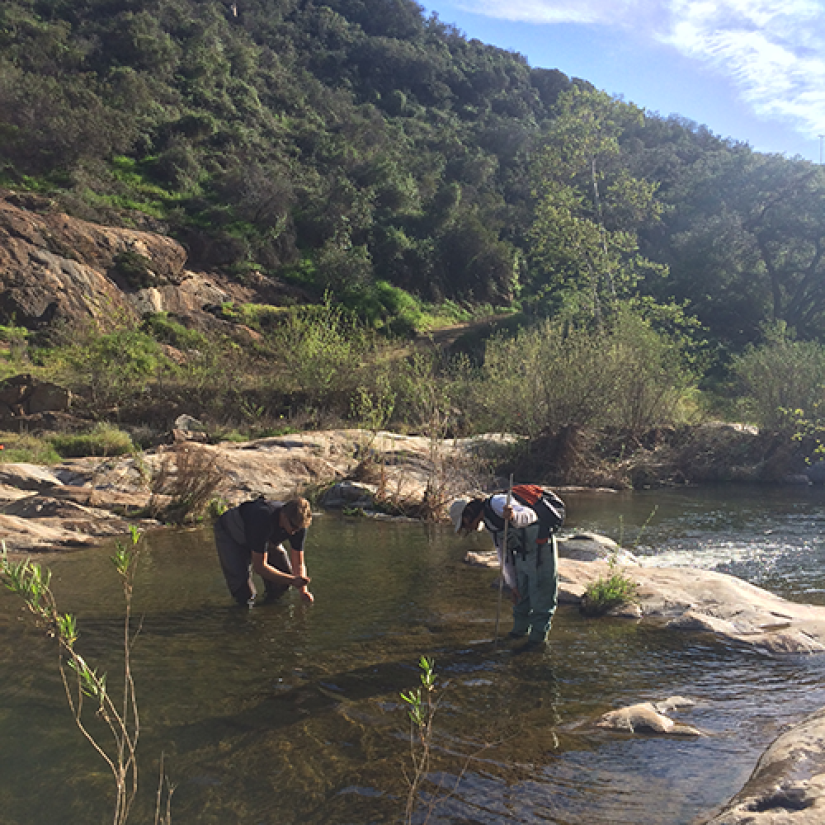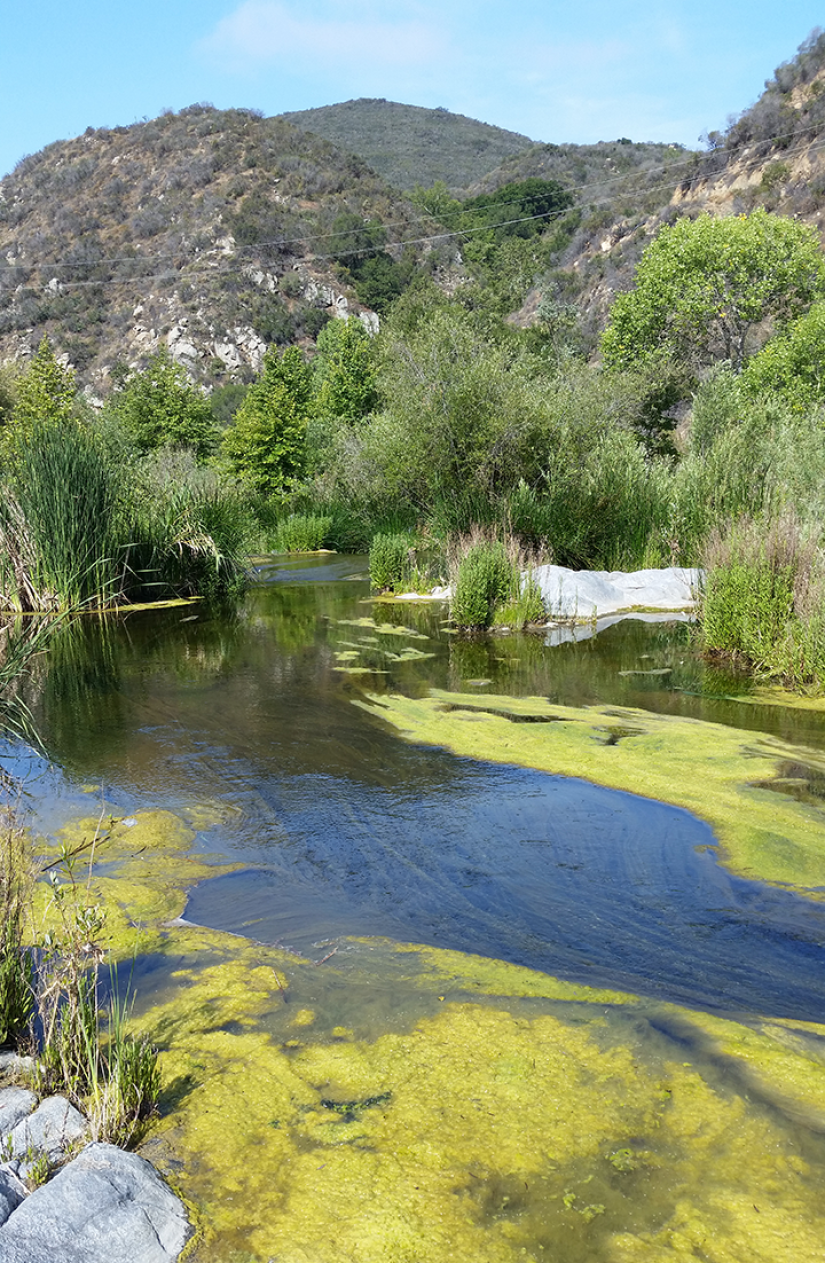
Before working with SCCWRP, my focus was on marine ecology and the idea of working with a freshwater system was not ideal. There are similarities among the two systems and I never realized the importance of protecting both systems until this fellowship. This experience has definitely changed my career perspective and I definitely want to work with more water-quality issues in the future. One of the best things about the agency is also the people here at SCCWRP. The team I have been working with and even the other scientists in the office have been amazing. I enjoy working with people and so I think this agency definitely fits with what I look for in regards to social interactions.

As for my position here at SCCWRP, it is a combination of working in the field and in the office. In the field, we collect water samples or conduct bioassessments along different parts of the Santa Margarita River watershed located in southern California. I definitely enjoy working outside so this part of the fellowship has been awesome! In the office, I synthesize and data manage as well as support my supervisor with the development of nutrient targets for streams and estuaries. Additionally, I attend monthly meetings with my supervisor to discuss the management of the Santa Margarita River in order to reduce the impacts of nutrient pollution in the river. The ability to see the process from science research to data synthesis, to modeling, and finally to management decisions makes this opportunity stand out from the rest of my previous experiences. I definitely look forward to learning more as this year goes by!


Written by Mayra Molina